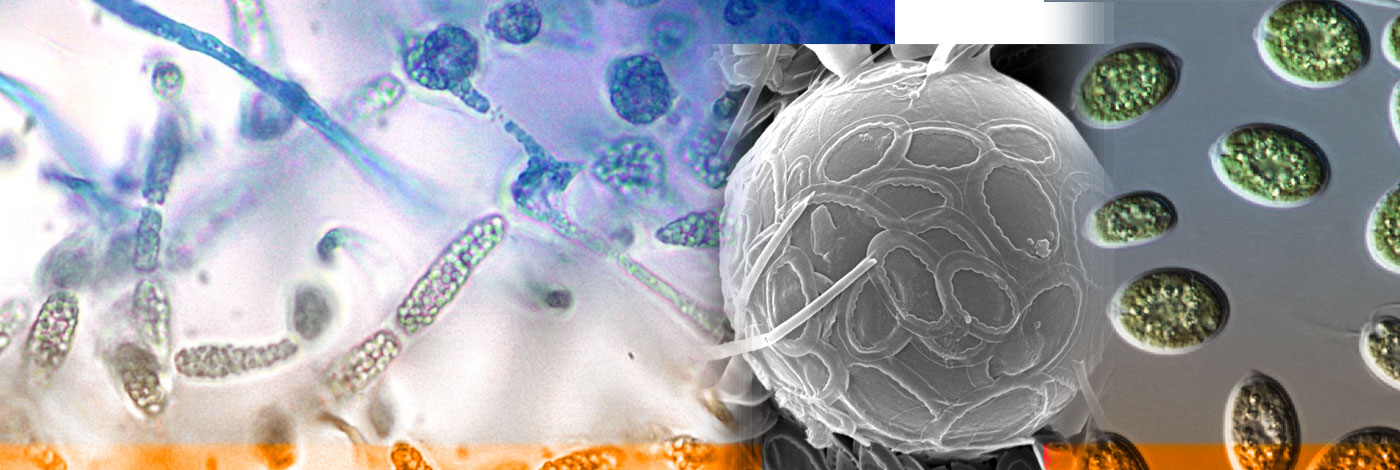

 Cryptogamie, Algologie
28 (2) - Pages 159-167
Cryptogamie, Algologie
28 (2) - Pages 159-167Biofouling is a potential problem for any surface immersed in the sea. For algae this can lead to its death; they have therefore developed biofouling defence mechanisms to prevent biofouling. Grateloupia turuturu was chosen as a model to isolate some structures with antifouling properties. The aims of our study were then (1) to identify and describe in G. turuturu structures similar to gland-cells observed in a variety of species from the order Bonnemaisoniales and (2) to determine their variability in relation to site, stages of development, and the presence of epiphytes. Fluorescent and confocal microscopy was used to highlight structures similar to gland-cells. Using epifluorescence microscopy, the number of “gland cells-like structures” was determined on individuals sampled from three sites in French Brittany (Callot Island, Pointe du Diable, and Fort Bloqué), characterized by different hydrodynamic and fouling exposure conditions, and from three life history phases (gametophyte, tetrasporophyte and carposporophyte). Isolated and grouped fluorescent structures were detected and characterized. Significant variations in the density of those fluorescent structures were found between site and life-history stages. Individuals from the Pointe du Diable had significantly more fluorescent structures than thalli from the two other sites, and they were more numerous on carposporic plants than on either tetrasporophytes or immature gametophytes. More “gland cells-like structures” were also present on plants bearing epiphytes.